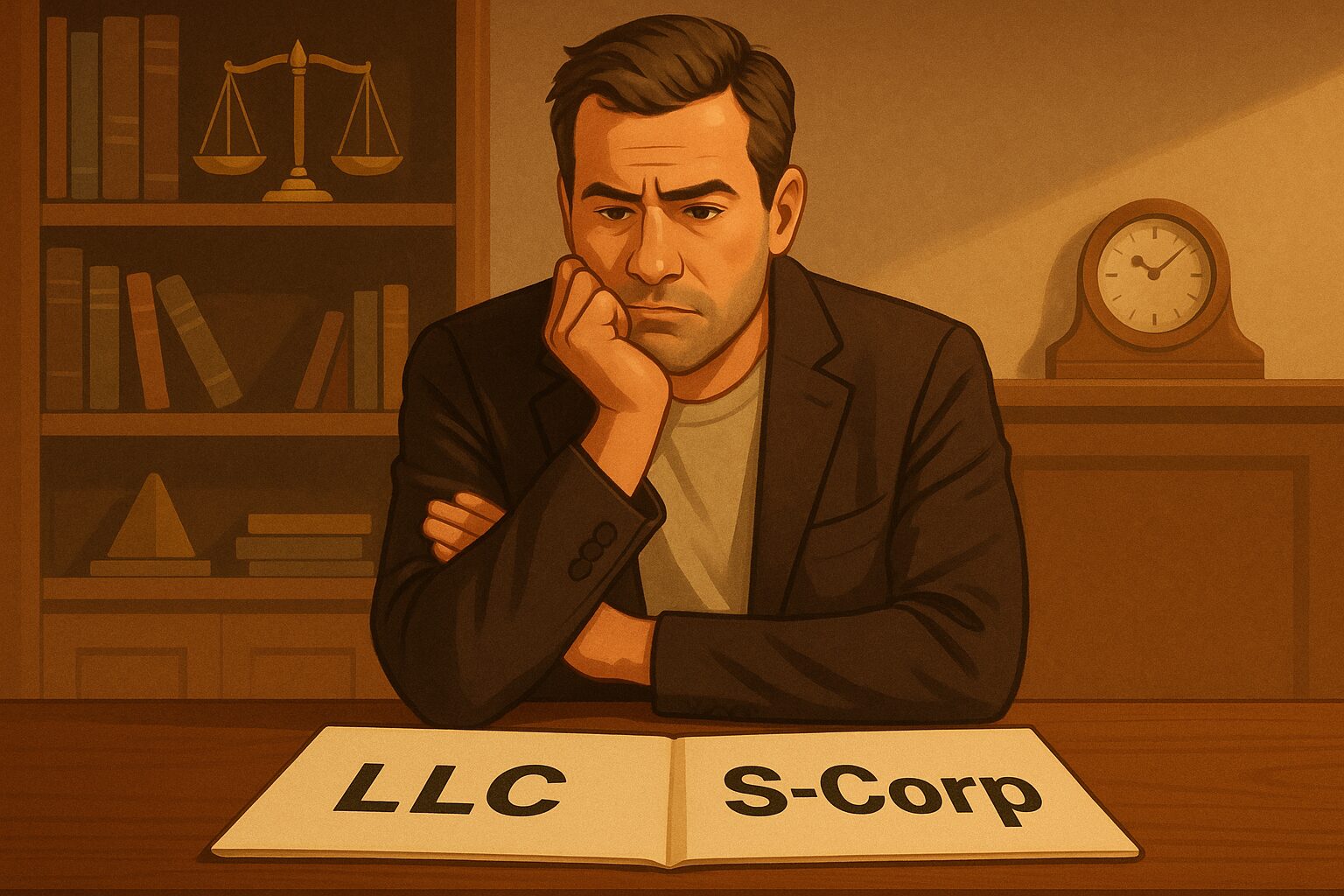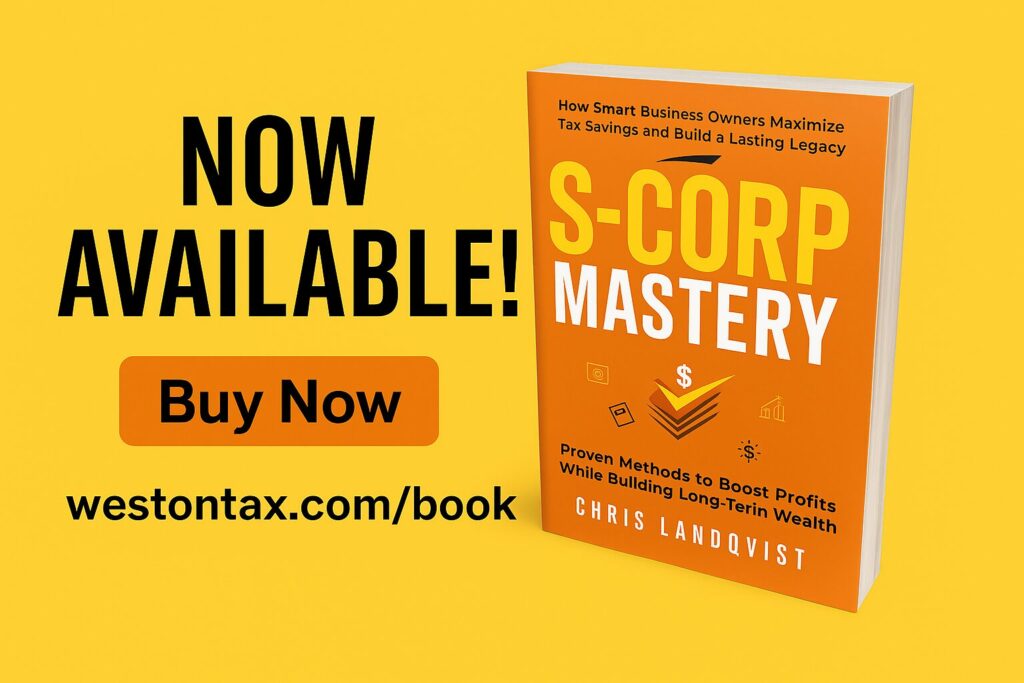Today, we’re looking at an issue that some of my clients claim is one of the their biggest issue — there is a lot of throughput of product. Yet, they make very little money. Let’s unpack what could be one of the issues at hand.
If You’re Always Selling… Why Are You Still Broke?
You’ve figured out how to sell your product. That’s the hard part. You’re getting clients, swiping cards, shipping goods, booking services. But at the end of the month, you’re staring at your bank account and thinking:
“Where’s the money?”
You’re not alone. A lot of business owners confuse revenue with profit. They think that because the top-line number looks impressive, everything must be working. But here’s the truth:
If your revenue is climbing and your bank balance is still falling, you don’t have a revenue problem — you have a margin problem.
Let’s unpack this. I’ll show you how big companies fix it, how to recognize it in your own business, and most importantly — how to turn things around.
The Difference Between Revenue and Margin (And Why It Matters)
Revenue is sexy. It’s what people talk about at networking events and it gets you attention. Whether that is from your banker or a potential investor — this is what builds your business into something tangible and desirable.
Margin is what pays your bills. It’s what lets you hire staff, build wealth, and survive lean seasons.
Let’s break it down.
If you’re a bakery and you sell a custom cake for $500, that’s revenue. But if your ingredients, labor, packaging, and delivery cost $420, your gross margin is just $80. And we haven’t even touched rent, utilities, marketing, or your salary yet.
So if you’re doing $50,000 a month in sales but spending $48,000 to keep things running, your “success” is really just a treadmill. You’re running fast, but you’re not going anywhere.
How to Know You Have a Margin Problem
Here’s the thing — most business owners feel the margin squeeze before they can articulate it. So let me give you a few signs:
You’re making more sales, but cash is always tight.
You’re stressed about payroll, even in “busy season.”
Your profits aren’t growing in proportion to your top-line revenue.
Your CPA keeps saying your numbers “don’t make sense.”
Sound familiar?
It’s not your fault. The school system doesn’t teach margin analysis. Most accountants focus on filing taxes, not business diagnostics. But this is the kind of problem that will kill your business slowly — and silently — if you don’t catch it early.
The Three Key Metrics to Track
So, what should you be looking at?
First, understand gross margin. This is the percentage of revenue left after direct costs (what it costs you to make or deliver the product). In most industries, you want this to be at least 30% — ideally closer to 50% or more.
Second, monitor net margin. This is what’s left after all expenses — rent, salaries, software, taxes, you name it. If you’re below 10%, you’re on thin ice. The healthiest small businesses run between 15%–25% net.
Third, track contribution margin. This tells you how much profit each product or service line actually contributes once direct costs are stripped away. It’s the fastest way to identify your winners — and your losers.
Imagine you own a salon. Haircuts bring in $50 each but cost $35 in labor and supplies. That’s a contribution margin of $15. But let’s say your haircare products only bring in $15 per sale but cost you just $3 — that’s a $12 margin, almost the same. Which one takes more time? Which scales better?
Knowing this changes everything.
Ford, the F-150, and the Power of Margin Mastery
You know what the best-selling vehicle in America has been for over 40 years?
The Ford F-150.
But here’s what most people don’t know: Ford doesn’t make most of its profit from just selling vehicles. It makes money from how it structures what it sells and how it’s packaged.
Base model F-150s? Decent margins. But fully-loaded F-150s with all the bells and whistles — upgraded interiors, towing packages, custom lighting, extended warranties — those are margin monsters. In fact, Ford is known to make over 80% of its North American profit from the F-Series lineup alone.
And this is exactly what you need to learn from: it’s not just about selling more — it’s about selling better.
Turning Low-Margin Products into High-Margin Winners
Let’s say you run a coffee shop. Your black coffee has razor-thin margins. But when you start offering flavored syrups, milk alternatives, branded mugs, or loyalty memberships — that’s where the profit shows up.
The coffee gets them in the door. The margins come from what happens after.
This is how smart businesses operate. They pair low-margin lead generators with high-margin upsells, service layers, or subscriptions.
Let’s use another example: You run a home cleaning business. Your basic cleaning service might only net you $30–$50 per client. But if you offer an add-on for carpet deep-cleaning, fridge detailing, or a monthly subscription package — suddenly you’ve added $100+ in margin without spending more on marketing.
The key is identifying where the margin can be — and designing offers around it.
Tax Planning and Margin — The Overlooked Connection
This is where my world of tax strategy intersects with your world of operations.
Low-margin businesses get crushed come tax season. Here’s why:
When you run lean, you don’t have room to maneuver. You don’t have cash to defer income, invest in tax-advantaged assets, or fund retirement plans that reduce taxable income. You’re stuck in survival mode — which is the worst place to be when the IRS comes knocking.
For example, one of our clients ran a seven-figure business in e-commerce — but their profit was razor-thin. Once we helped them restructure their pricing and renegotiate their supplier contracts, their net margin doubled. That allowed them to fund a solo 401(k), lease equipment in their name, and start claiming real depreciation. All moves that saved over $100,000 in taxes that year.
It all started with margin.
Small Fixes That Lead to Big Margins
Now let’s get practical. What can you do today to fix a margin problem?
Start by auditing your offers. Where are you spending the most time for the least return? Cut or repackage those.
Look at your pricing. Are you undercharging out of fear? Remember: discounting to get more customers often leads to more work and less profit.
Review your vendor relationships. Could you switch suppliers, buy in bulk, or change your packaging to cut costs?
Rethink your services. Could you bundle? Add tiers? Offer retainers or memberships?
Even subtle tweaks — like switching from hourly to project-based billing — can drastically improve your margins.
And if you really want to take it to the next level, talk to a strategist who can help you integrate tax planning into every move.
What Happens When You Fix the Margin Issues?
When you solve your margin problem, a few beautiful things happen:
- You feel like you’re in control — since cash isn’t a constant fire drill.
- Hiring the right talent becomes easier — because your business looks more attractive.
- The ability to scale smarter seems automatic — because your profits rise with your revenue.
- Your fixed costs are spread across less resource heavy processes
- Eventually, you can stop chasing every dollar — and start building real wealth.
Margins aren’t just about money. They’re about breathing room. Decision-making power. Freedom.
You’ve already done the hardest part: convincing people to buy what you offer.
Now it’s time to make sure what you’re selling is actually building the business — and life — you deserve.
Welcome to the New Age of Accounting. Let’s begin.

Chris is the Managing Partner at Weston Tax Associates, a best-selling author, and a renowned tax strategist. With over 20 years of expertise in tax and corporate finance, he simplifies complex tax concepts into actionable strategies that drive business growth. Originally from Sweden, he now lives in Florida with his wife and two sons.









